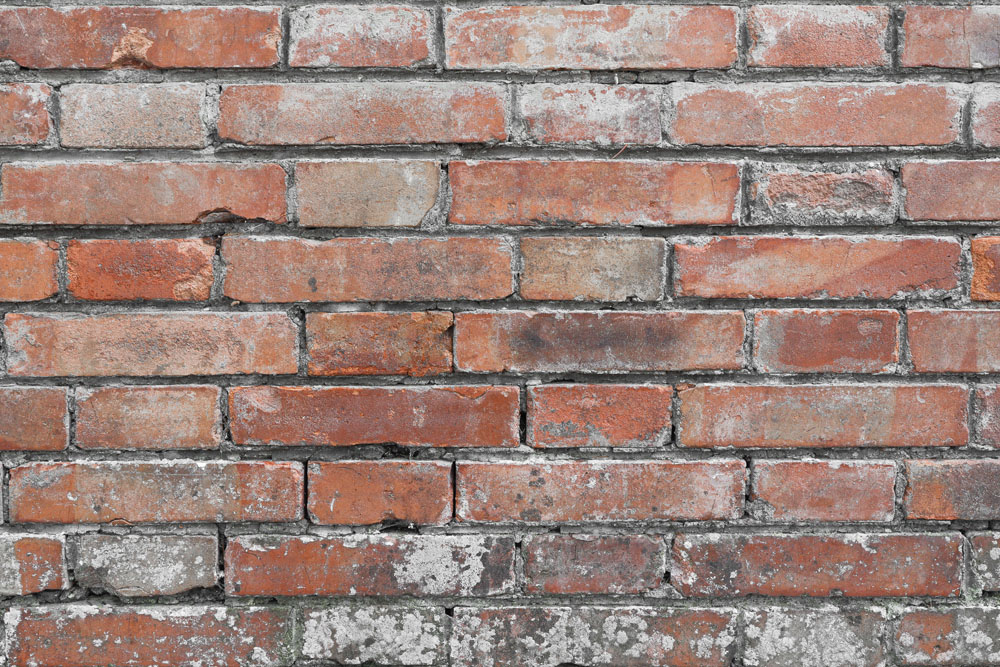Introduction
When it comes to brickwork — be it your charming old chimney, a sturdy wall, or an elegant facade — the difference between damaged and repaired structures can have profound implications, not just for aesthetics but for the environment as well. Today, we're diving into The Environmental Impact of Damaged vs Repaired Brickwork, exploring how these factors play into sustainability, resource use, and even climate change. So, grab a cup of coffee, get comfy, and let’s uncover this intricate world!

What Is Brickwork?
Brickwork refers to the construction technique involving bricks — those small, rectangular blocks that are made from clay or other materials. They’ve been around for thousands of years and are known for their durability and strength. But what happens when these robust structures start showing signs of age? Well, that’s where things get interesting!
The Importance of Masonry Chimney Repair
Speaking of aging structures, masonry chimneys often require repair due to weathering or structural issues. You might wonder why we should bother with repairs at all? Here’s the scoop: repairing chimneys can prevent further damage to Great site your home while also reducing environmental impact.
Understanding Damage: What Causes It?
Damaged brickwork can stem from various causes:
- Water Damage: Rain can seep into cracks. Temperature Fluctuations: Expansion and contraction weaken bricks. Poor Workmanship: Sometimes it's just a matter of bad luck.
With this in mind, let’s delve deeper into how these factors affect our environment.
The Environmental Impact of Damaged vs Repaired Brickwork
How Damaged Brickwork Affects the Environment
When brick walls crumble or bricks begin to flake away due to weathering or poor maintenance, they don't just look shabby; they contribute negatively to the environment.
Increased Resource Consumption
Damaged brickwork often requires extensive replacement rather than simple repair. This means more raw materials need to be sourced — increasing demand on resources like clay and concrete. More extraction leads to greater environmental degradation.
Waste Generation
Every broken brick that gets tossed aside adds to landfill waste. According to estimates, construction and demolition debris accounts for about 30% of all waste generated in the U.S.! If we don't start focusing on repair over replacement, we're only adding fuel to that fire.
Habitat Disruption
Extracting natural resources affects local ecosystems. For example:
- Clay extraction disrupts soil composition. Quarrying impacts local wildlife habitats.
Benefits of Repaired Brickwork
So what happens when you choose repair over replacement? Let’s break it down!
Reduced Carbon Footprint
Repairing existing structures significantly lowers carbon emissions compared to building new ones from scratch. Why? Because less transportation is needed when you're reusing materials instead of hauling new ones.
Resource Conservation
Repairing bricks means you’re saving both energy and materials since fewer new resources are required.
Extended Lifespan of Structures
Regular maintenance increases longevity while minimizing future environmental impacts.
The Process of Repairing Damaged Brickwork
Assessing the Damage
First things first: It's crucial to assess what kind of damage your brickwork has sustained.
- Surface Cracks: Often cosmetic but can lead to bigger problems if ignored. Structural Issues: These need immediate attention — think crumbling chimneys!
Choosing Sustainable Materials
Using eco-friendly mortar or recycled bricks during repairs can minimize your environmental footprint while enhancing durability.
The Repair Techniques
There are several methods for repairing brickwork:
Repointing: Filling gaps in mortar joints. Tuckpointing: Similar but focuses on restoring the appearance. Brick Replacement: Only replace what's necessary; don't go overboard!Frequently Asked Questions (FAQs)
1. What is repointing?
Repointing is the process of renewing the external part of mortar joints in masonry construction.
2. How often should I repair my chimney?
It’s advisable to inspect your chimney at least once a year for optimal maintenance.
3. Can I do masonry repairs myself?
While minor repairs can sometimes be DIY projects, significant issues generally require professional help.
4. What are some signs my brickwork needs repair?
Look for cracks, loose bricks, or water stains inside your home; these are usually red flags!
5. Is masonry chimney repair expensive?
Costs vary depending on the extent of damage; however, investing in repairs typically saves money long-term by preventing bigger issues down the line.
6. Are there eco-friendly options available for masonry repairs?
Absolutely! Look for sustainable materials such as recycled bricks or low-VOC mortars when planning repairs.
Conclusion
In conclusion, understanding The Environmental Impact of Damaged vs Repaired Brickwork isn’t just about looking good; it’s about making sustainable choices that resonate through our ecosystems! By opting for repairs instead of replacements whenever possible—whether it’s your charming chimney needing some TLC or an aging wall—you’re fostering a healthier planet while extending the life of your beloved structures!
So next time you face a decision regarding damaged brickwork—remember: every little bit helps! Whether you're repairing that old masonry chimney or addressing cracks in your garden wall—it's Masonry chimney repair not just an investment in property; it's an investment in our future! 🏡🌍